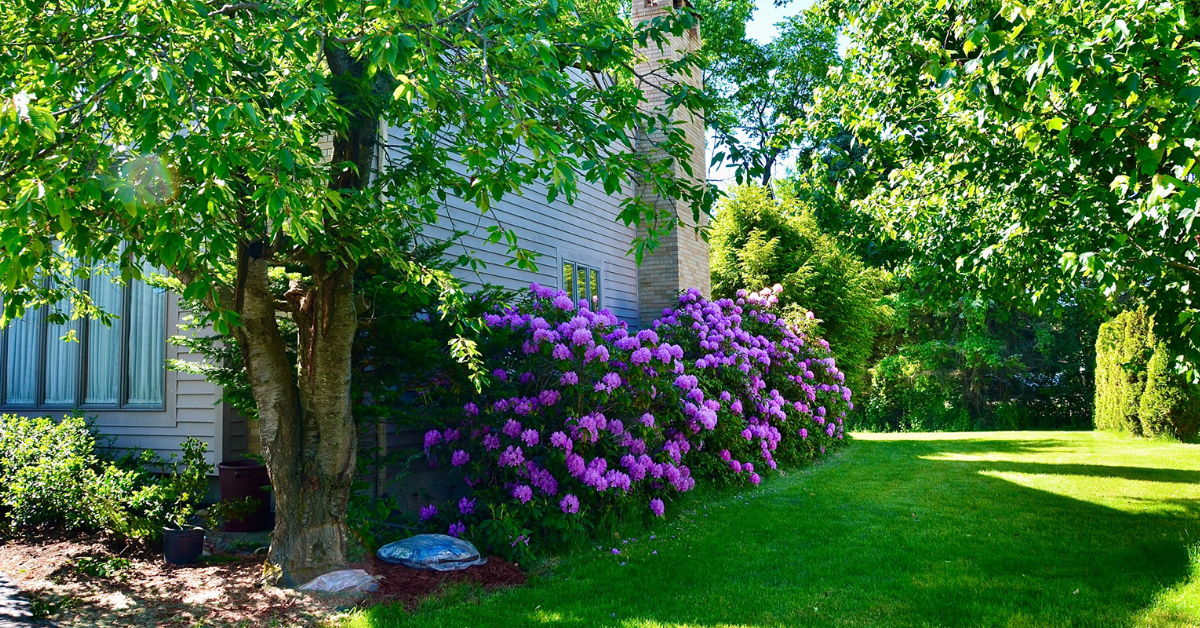Right on: What is Right-of-way?

What is right-of-way and why is it necessary?
A right-of-way, when it comes to utilities, is an agreement that allows a utility to use or access a piece of property according to the terms of the easement.
Easements are areas designated for overhead and underground utility access, and are usually defined when a lot or neighborhood is first platted. Easements are implemented because it is more efficient and less expensive to run utility lines straight through neighborhoods than it is to run them around parcels of land.
Having right-of-way means that utilities can access the area to fix a utility-related problem or to perform maintenance.
Easements outline general property rights by others while right-of-way (as its name implies) is a specific property right.
Workers who service utility lines should arrive in a marked vehicle and have proper identification. If you have any concerns, please call us at (479) 667-2176.
For more about electrical safety, visit SafeElectricity.org.
FAQs
According to the Federal Energy Regulatory Commission’s frequently asked questions:
Q: Who decides whether an electric utility can cut down a tree near a power line?
A: The choice of how to trim trees and manage vegetation growth near a power line is primarily made by the electric utility, subject to state and local requirements and laws, applicable safety codes, and any limitations or obligations specified in rights-of-way agreements.
Q: The power lines near my house don’t seem be anywhere near the trees. So why is the electric utility trimming my trees anyway?
A: There are two reasons for this. First, electric utilities are required to maintain the appropriate clearance between trees and transmission lines at all times. For example, in the summer, power lines sag as they expand, due to air temperature and heavy use. Clearances around the lines must account for this, as well as wind, which causes the lines to sway. So on a cool, still day, it may appear that there is ample, or even excessive, clearance that is needed for hot or windy day. Second, electric utilities usually prune or remove vegetation to a distance greater than the minimum clearances to account for future growth, movement of trees or power lines due to wind, conductor sag due to heat and line loading, and other factors.
Q: But the trees are in my yard. Why can’t I stop the utility from cutting down or trimming my trees?
A: An electric utility is granted an easement or a right-of-way on private property in order to build and maintain electric power lines. The terms of a utility right-of-way, defining the rights of the parties for building and maintaining electric lines, are specified in rights-of-way agreements, and these agreements are usually attached to a property deed.